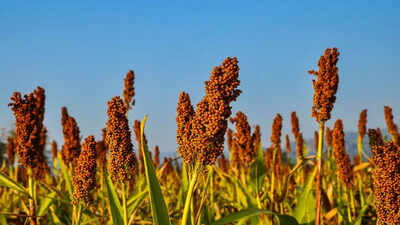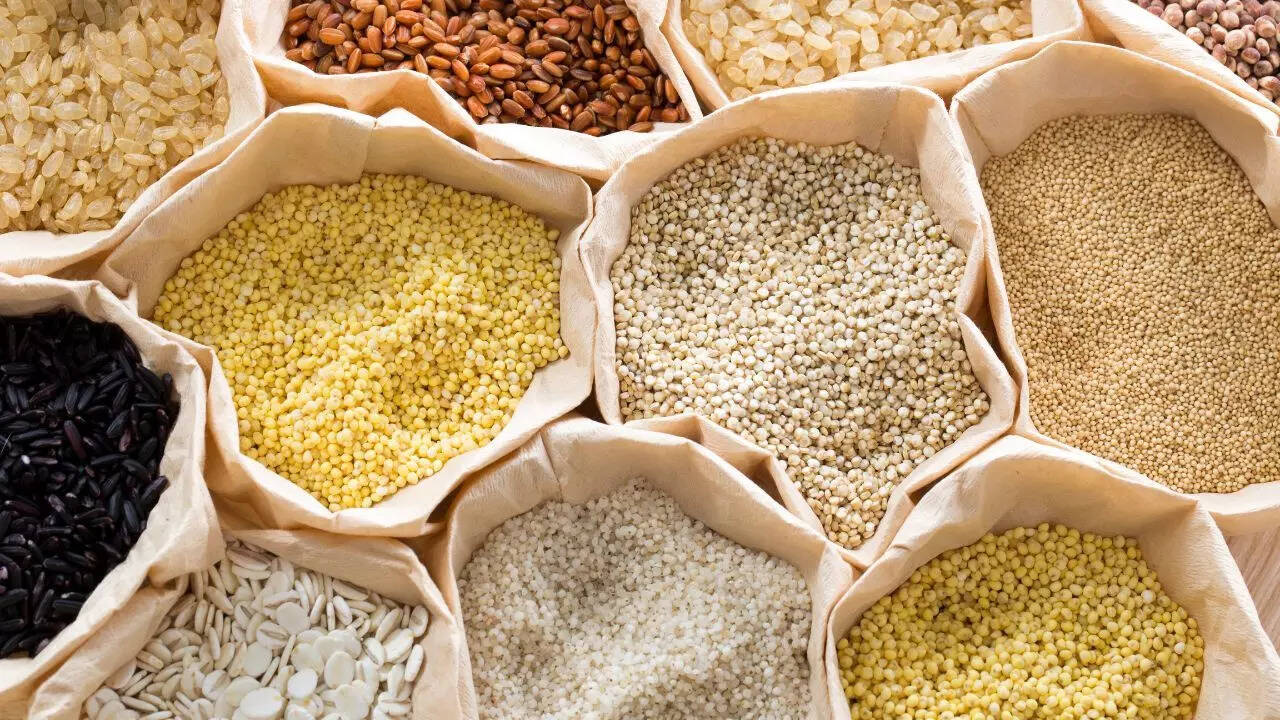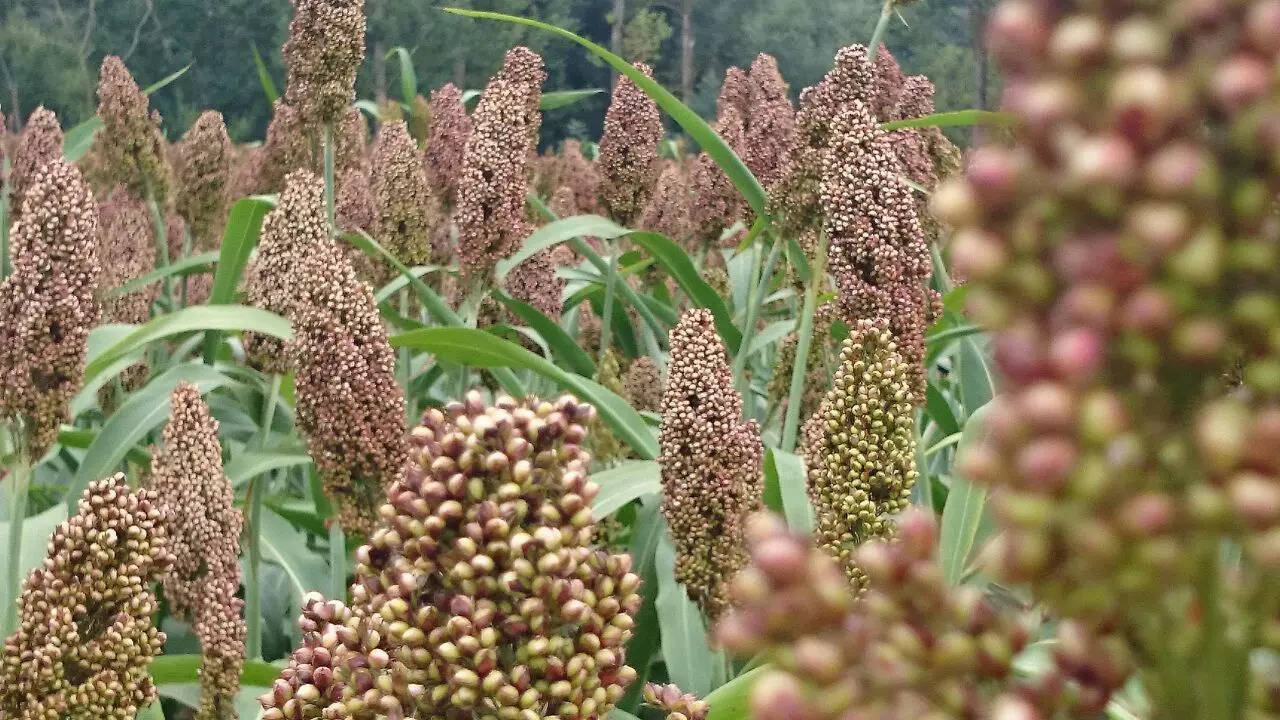ARTICLE AD BOX

For anyone dealing with diabetes, diet is more than just food choices, it is a daily tool for managing blood sugar and preventing complications. One ancient grain group that has made a powerful comeback in modern nutrition is millet.
Packed with fibre, minerals, and plant compounds, millets are increasingly recognised as an effective food for diabetes management. A 2021 global meta-analysis published in Frontiers in Nutrition reviewed data from 11 countries and concluded that eating millets regularly can lower average blood glucose levels by up to 12 percent in individuals with type 2 diabetes. This makes them not just a traditional staple, but also a science-backed ally in controlling blood sugar.In this article, we explore how millets benefit people with diabetes, which varieties are best, and how to add them into daily meals without giving up on taste. From reducing blood sugar spikes to supporting heart health, millets prove to be more than just another grain on the plate.
How millets support blood sugar control
Millets are rich in dietary fibre, particularly soluble fibre, which slows down the release of glucose into the bloodstream. Unlike refined grains such as white rice, millets have a lower glycaemic index, meaning they prevent sudden spikes in blood sugar after meals.
This makes them a safer carbohydrate option for people with type 2 diabetes. The magnesium in millets also improves insulin sensitivity, allowing the body to use glucose more effectively.
Over time, this can help in maintaining stable blood sugar levels and reducing reliance on medication. The same 2021 review highlighted that long-term millet consumption reduced fasting and post-meal blood sugar, offering consistent benefits for those at risk of diabetes.
Nutritional benefits of millets for people with diabetes

Beyond blood sugar management, millets bring a variety of nutrients that support overall health. They are a powerhouse of B vitamins, iron, calcium, and antioxidants that improve energy levels and fight oxidative stress. High fibre keeps you fuller for longer, preventing overeating and aiding in weight management, which is crucial for people with type 2 diabetes. Certain varieties like finger millet (ragi) are particularly high in calcium, supporting bone health, while pearl millet (bajra) is known to boost heart function and circulation.
The combination of nutrients makes millets a whole food solution that addresses both immediate and long-term health concerns linked with diabetes.
Best types of millets for diabetes management
Not all millets are the same, but most varieties are beneficial for diabetes when eaten in moderation. Finger millet, or ragi, is well known for its ability to control blood glucose while also reducing oxidative stress in the body. Pearl millet, or bajra, supports cardiovascular health by lowering cholesterol and improving circulation, both of which are important for people with diabetes who face higher risks of heart disease.
Foxtail millet is another excellent choice thanks to its low glycaemic index, which makes it ideal for avoiding sugar spikes. Little millet and barnyard millet are lighter grains that are easy to digest and provide steady energy throughout the day.
Simple ways to add millets into daily meals

Including millets in the diet does not mean giving up favourite foods. They can easily replace rice in traditional dishes such as khichdi, pulao, or dosa. Millet flour can be mixed with wheat flour to prepare soft chapatis, giving everyday meals a healthier twist.
For breakfast, millet porridge with milk or plant-based alternatives is both filling and nutritious. Even snacks can be millet-based, with biscuits, laddoos, or savoury puffs becoming popular in health-conscious households.
The key is to make millets a consistent part of the diet rather than an occasional experiment, so that their benefits accumulate over time.
Long-term benefits of eating millets for diabetes
When included consistently, millets do more than manage diabetes.
They help in maintaining a healthy weight, which directly impacts insulin sensitivity. They also reduce the risk of cardiovascular problems, a common complication for people with diabetes. The antioxidants present in millets lower inflammation, protecting against long-term damage to organs. Gut health also improves due to their high fibre content, which supports better digestion and nutrient absorption.
By balancing blood sugar naturally and offering sustained energy, millets make everyday life more manageable for people living with diabetes, while also contributing to long-term health goals.Disclaimer: This article is for educational purposes only and should not replace medical advice. People with diabetes should consult a healthcare professional or dietitian before making major dietary changes.Also read| Simple kitchen hacks to keep rice insect-free for years



.png)
.png)
.png)
















 1 hour ago
4
1 hour ago
4









 English (US) ·
English (US) ·